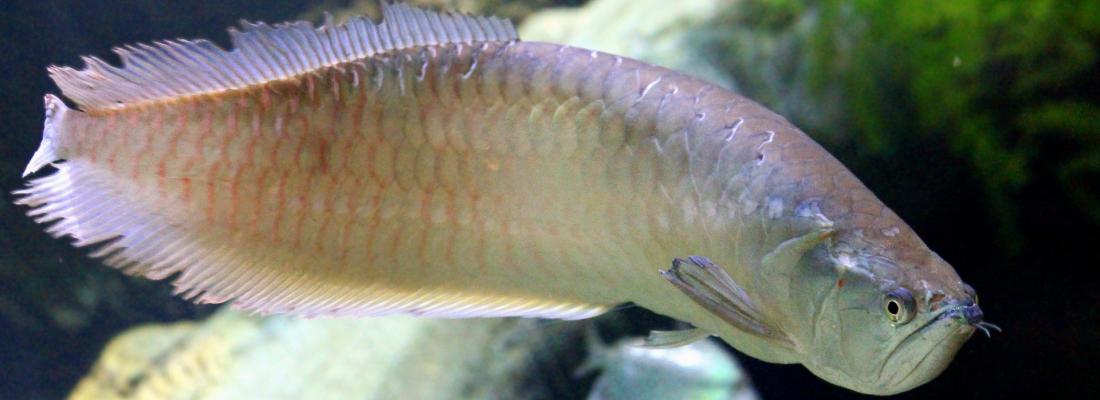Biodiversity Reading time 2 min
Who are the first ancestors of present-day fish?
Published on 13 February 2023

Photo: bony-tongue fish
Understanding the evolutionary history of species through their relatedness is an essential issue and regularly the subject of scientific controversy. One of them concerns the position, in the tree of life, of the three oldest groups of teleost fishes, which appeared towards the end of the Jurassic period (from 201.3 to 145 million years ago) and which include most of our present-day fishes. These three groups consist of the "bony-tongues", the "eels" and a group that unites all other species of teleost fishes. Early classifications in the 1970s, based solely on anatomical criteria, had classified the "bony-tongues" as the oldest group. Modern classification approaches, however, based on the use of DNA sequences to reconstruct the evolutionary history of life, placed the "eels" as the oldest group. Ever since, controversy has ensued.
What if both hypotheses were wrong?
To investigate this question, scientists sequenced the genomes of several species in the "eel" group, including the European eel and the giant moray eel. They analysed the DNA sequences to gain insight into the structure and organisation of the genes within the genome. They were thus able to reconstruct, in a very reliable way, the relationships between the different teleost fishes, which led to an end of the controversy without winners or losers: neither hypothesis was valid!
Surprisingly, scientists have discovered that the two groups of “eels” and “bony-tongues” are in fact one and the same in terms of evolutionary history. The researchers have named this group “Eloposteoglossocephala”. These results put an end to more than fifty years of controversy about the evolutionary history of the main branches of the teleost fish tree of life. They shed new light on the evolutionary history of fishes and the understanding of evolutionary processes.
Reference
Parey E., Louis A., Montfort J. et al. (2023). Genome structures resolve the early diversification of teleost fishes. Science. 9 Feb 2023 - Vol 379, Issue 6632, pp. 572-575 https://www.science.org/doi/10.1126/science.abq4257
Study funded by GenoFish ANR
